Welcome to the latest addition of our Show Us Your Space series, where we explore and celebrate the unique music-making environments of studio owners, independent builders, and musicians at all levels.
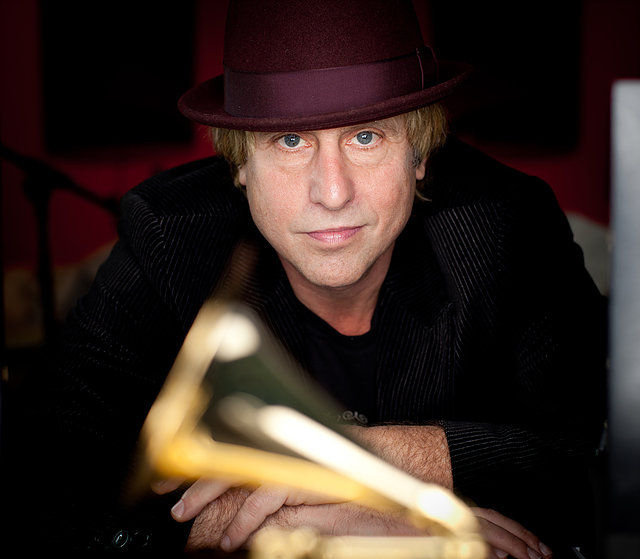
Today, we're heading to just outside New York City, where Grammy Award–winning producer, guitarist, and engineer C Lanzbom has created a comfortable yet magical room.
Read on to hear about the space and equipment straight from Lanzbom, who has worked with Pete Seeger, Soulfarm, Deadgrass, and other artists. In 2010, Lanzbom won a grammy for mixing Seeger's Tomorrow's Children, which he played on as well.
For more on Sherwood Ridge, visit its website here or email [email protected].
Located in the beautiful rolling hills of Pomona, New York, just a half hour north of New York City, we've created a comfortable environment with a layout and vibe that has been described as magical. It has been the studio of choice for many respectable artists and producers.
Sherwood Ridge features remarkable-sounding rooms with an impressive collection of state-of-the-art, high-end recording gear and high-end vintage instruments.
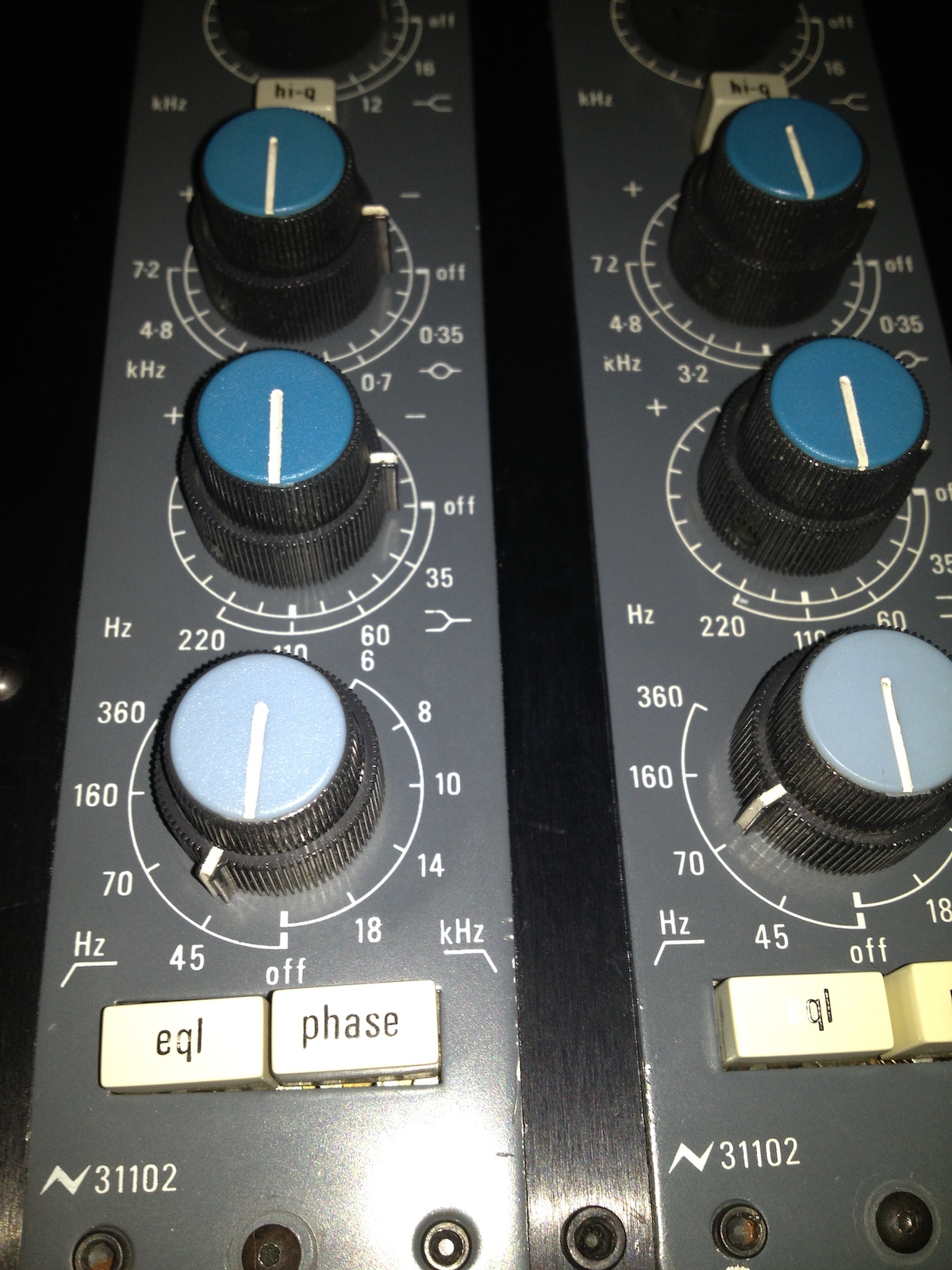
Mid-1960s Neve 31102 preamps. These are my go-to one and two preamps. Very warm with great EQs.
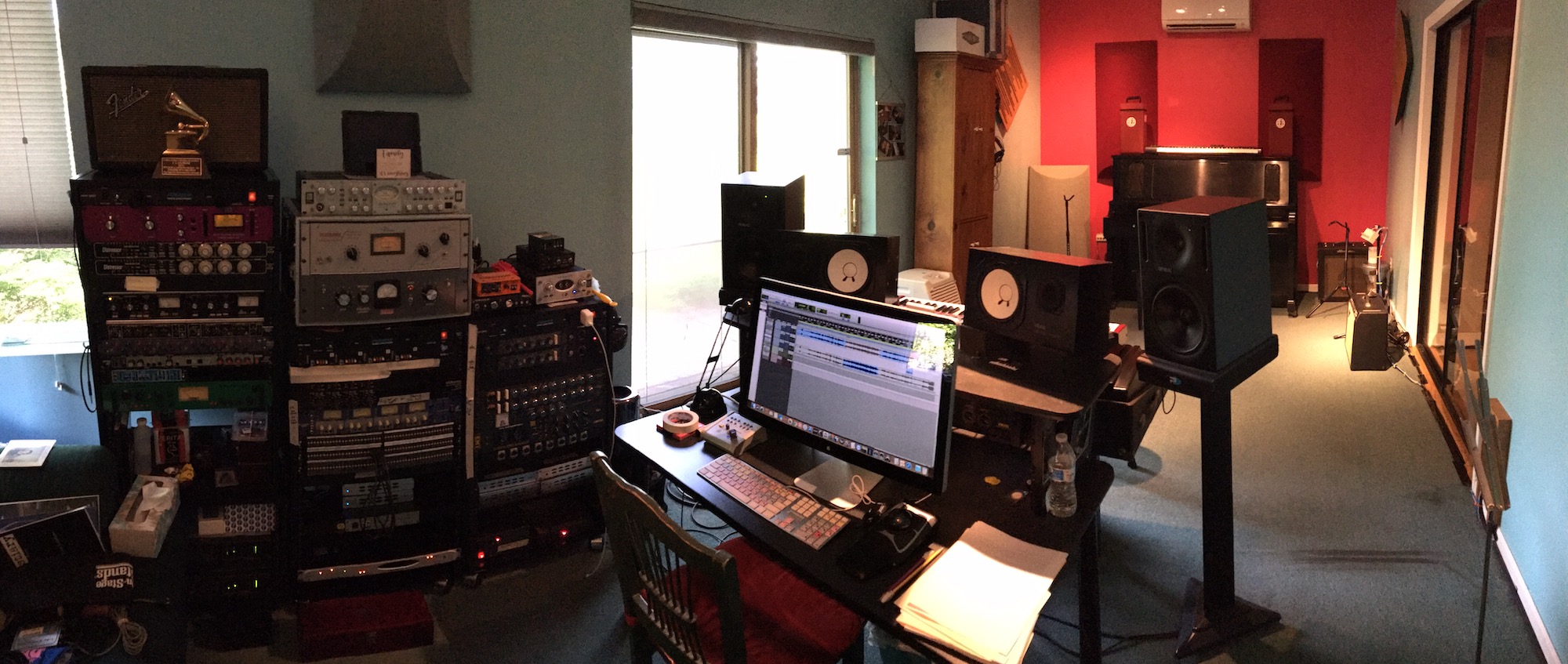
Control room: Overall view of the studio's outboard gear. Includes Neves, Chandlers, Millennia, Focusrite, Purple Audio, Empirical Labs, dbx 160s, Avalon, Grace, and Radial Reamper.
Live tracking room: This room was professionally built by Studios By Sonic. A room in a room, the sound is beautiful and quiet. Pictured here is our 1958 Fender Deluxe and 1959 Champ amps—smaller amps that sound big and fat and authentic—along with Yamaha Maple Custom drums, and a Hammond A-100 with Leslie, which adds the realness to any track.
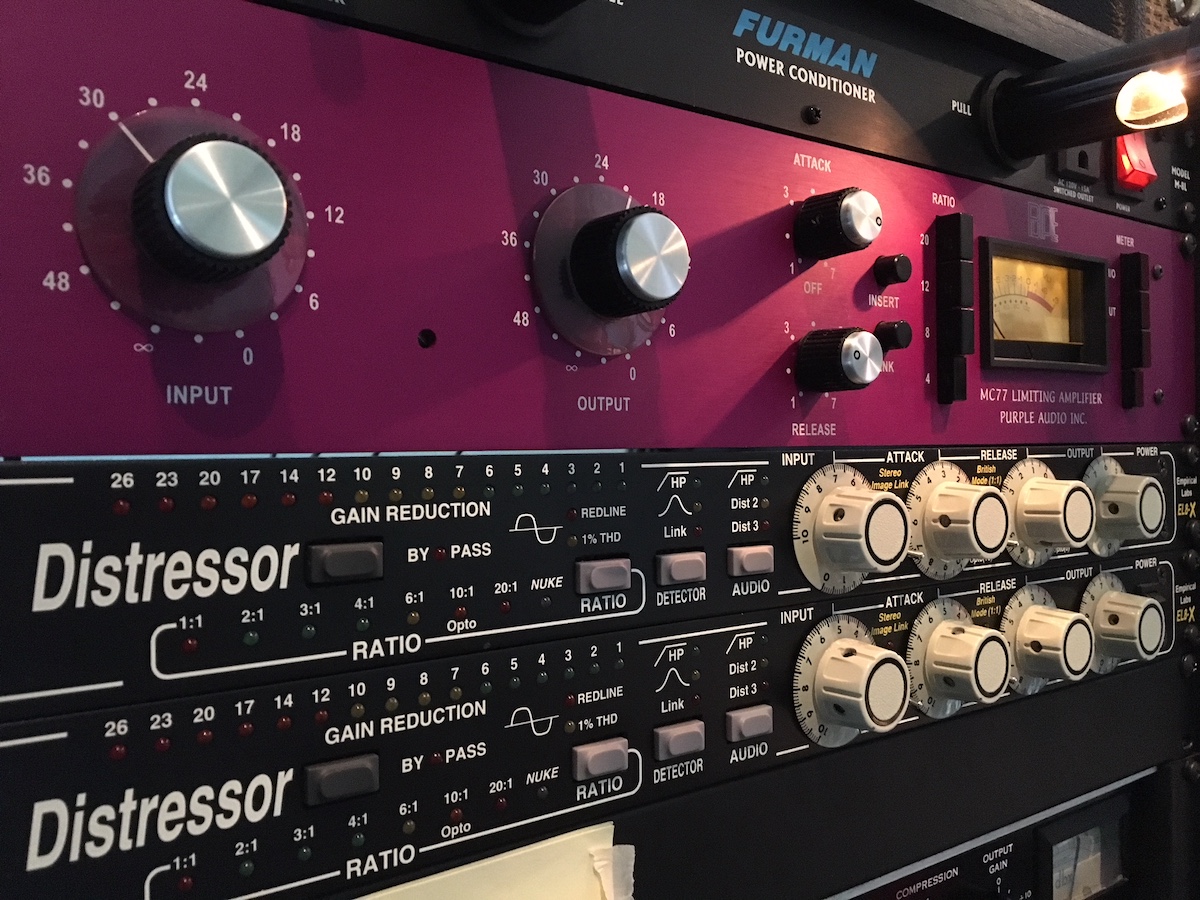
I love the Purple Audio MC77 compressor used for acoustic and electric guitar tracking. Its transparent color gives the perfect compression to even out all guitars. The Empirical Labs Distressors are also great for pretty much any application we throw at it.
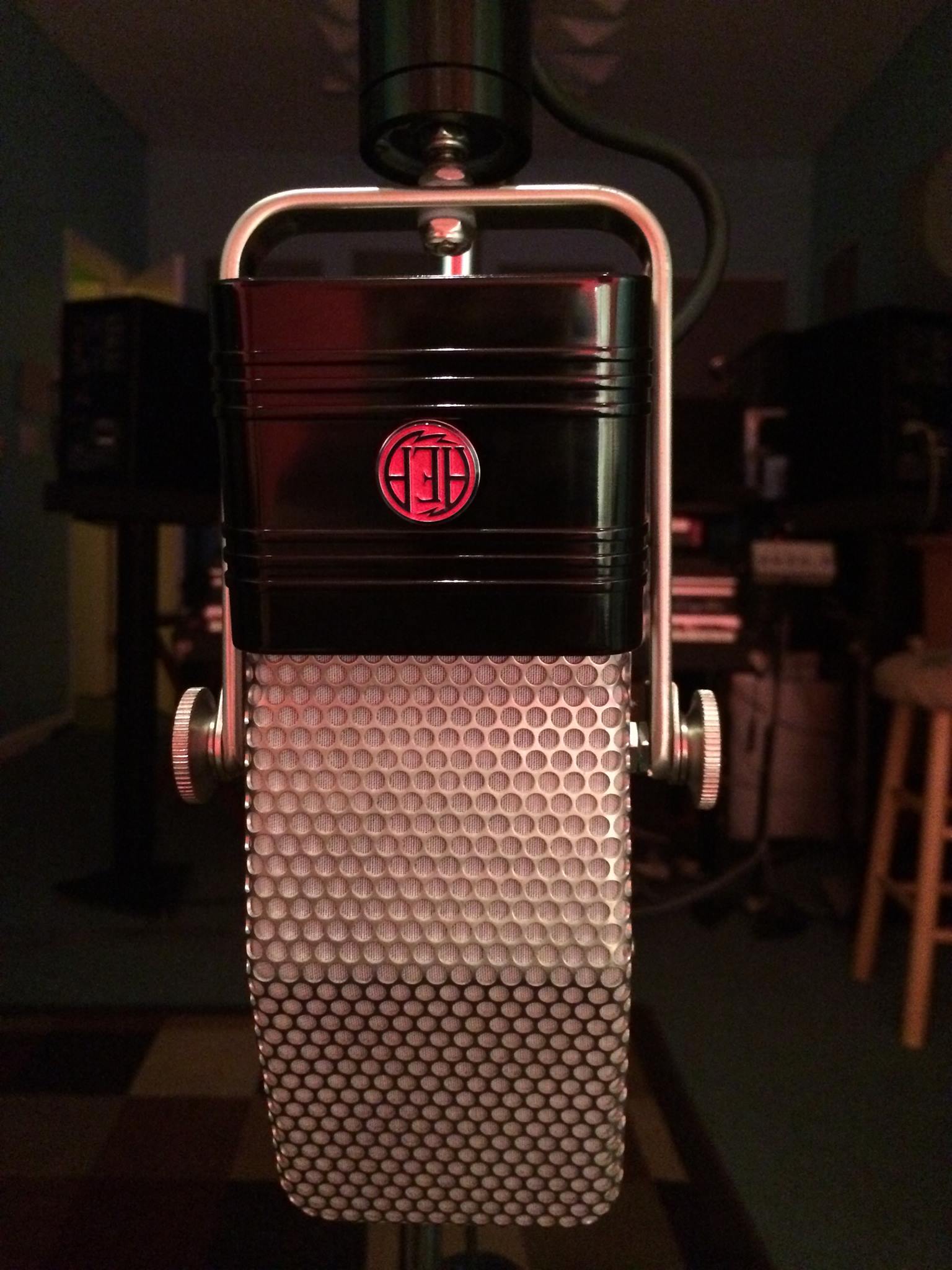
AEA R44CXE used for vocals, drum room, banjo, bass amp—it is really very versatile and we prefer ribbon mics in general. We also have a pair of Coles mics that we love for overheads.
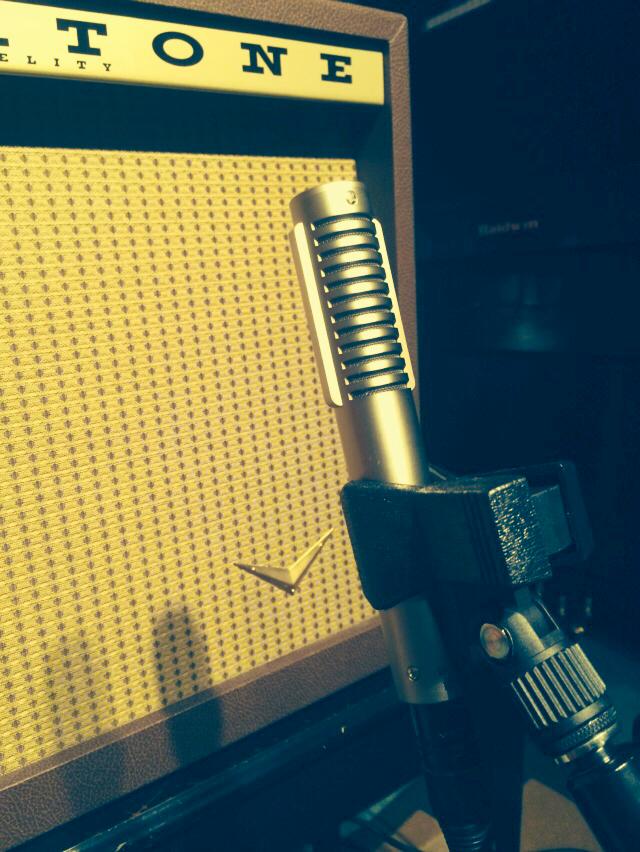
Royer 121 sounds warm on a Magnatone Twilighter amp. I think that Royer mics are the most versatile ribbon mic out there. I pretty much can use it for recording any acoustic instrument.

My 1967 Gretsch guitar, which I got used for $35, plugged into a Vox Cambridge amp—just one of an arsenal of guitars from 1960 and up Stratocasters to Les Pauls to 1956 Martins to LGO acoustics. Every instrument we own is a tool to be used in a specific song.

In this center column: '60s Fender Reverb Tank, Teletronix LA-2A (great on vocals), and Retro Sta-Level (no. 12), great on vocals, acoustics, and bass.
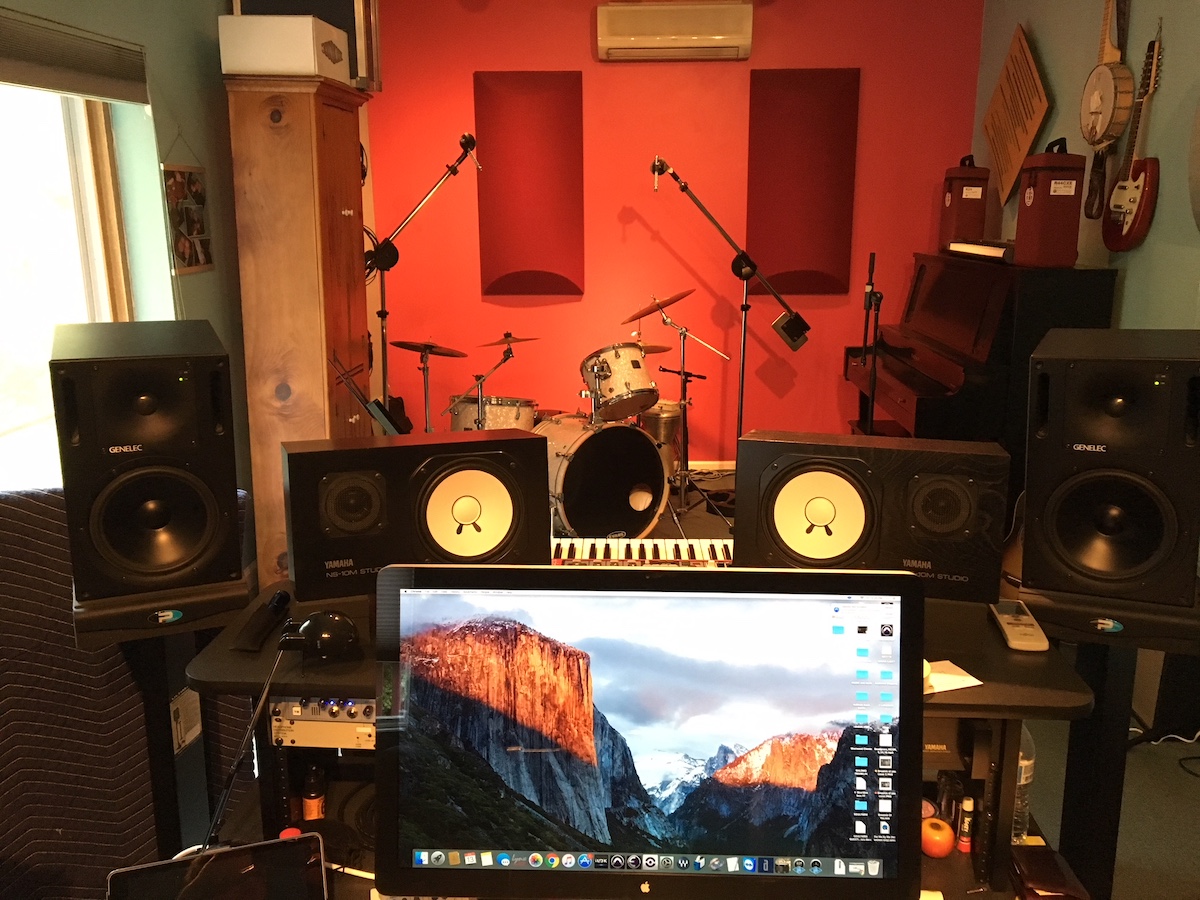
Genelec 1031A studio monitors: my choice for tracking and mixing. They are just true, and when I take a mix outside of the studio, it is usually very accurate. Yamaha NS-10s used for referencing and specific engineers' tastes.
1965 Princeton amp—classic tone, reverb, and tremolo used on most guitar sessions. This amp is amazing for that organic rock sound. It's what I imagine the tone to be.
For more on Sherwood Ridge, visit its website here or email [email protected].
